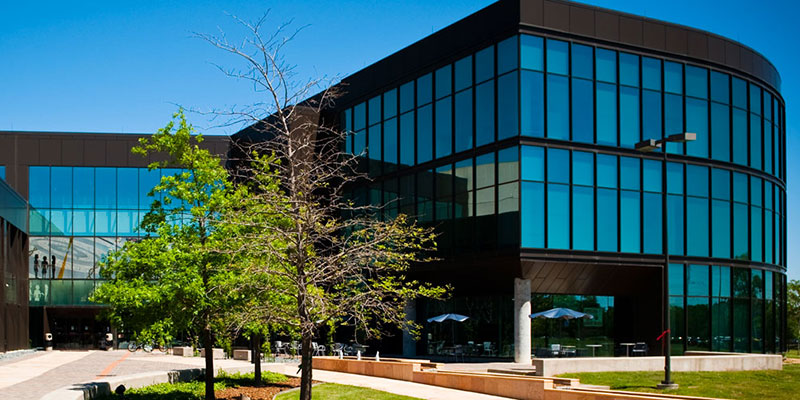Diaz, professor of physics and director of the Center for Gravitational Wave Astronomy and the Department of Physics at the University of Texas Rio Grande Valley, will talk about his work with LIGO and the future of research involving gravitational waves. As a researcher who worked hands-on with the project, Diaz can offer an inside look into the discovery.
UHCL Associate Professor of Physics David Garrison assisted with numerical simulations related to LIGO as a graduate student. He said the discovery marks the end of a decades-long search to confirm the existence of gravitational waves, and it marks the beginning of a new era of astronomy.
“In this one observation, we’ve got this whole future where we can hear how the universe sounds and what it’s telling us,” he said. “All this stuff that we could never see before opens up. It’s like we just invented the telescope.”
Many theorized phenomena, such as dark matter and cosmic strings, don’t produce any visible light, so the traditional use of visual readings, cosmic radiation and X-rays won’t reveal them. Einstein first proposed the existence of gravitational waves in 1916 as a logical prediction of his theory of relativity, but they’ve never been directly observed – until now.
Working backward from LIGO’s readings taken in September, researchers concluded the wave was caused by two black holes, each about 30 times larger than the sun, colliding at half the speed of light. The force of their collision rippled outward through space and time as a gravitational wave, which was picked up by LIGO’s delicate sensors. Garrison compared the wave to hearing the clack of two stones knocked together in a dark room. Two very big stones, and a very big, dark room – about 1.2 billion light years away.
“We measured the speed of gravitational waves. We also proved Einstein right again, and we have this tool that can be used in the future to find things that we could never see,” Garrison said.
LIGO was first imagined by physicist Kip Thorne in the 1970s. Since that time, more than a thousand scientists, 300 universities and institutions and 15 nations have worked together to make the idea a reality. Two LIGO sites currently exist, one in Louisiana and one in Washington State, and more gravitational wave observatories are in development in Germany, Italy, India and Japan.
LIGO’s detection of gravitational waves means physicists and astronomers can expand their study of black holes, cosmic strings, gravitons and objects that have yet to be imagined.
The presentation is free to attend, and continuing education credits are available at additional cost. UHCL is located at 2700 Bay Area Blvd., Houston. Temporary parking passes are available for purchase from campus kiosks.
For more information on registration, contact the Center for Educational Programs at
281-283-3530.

